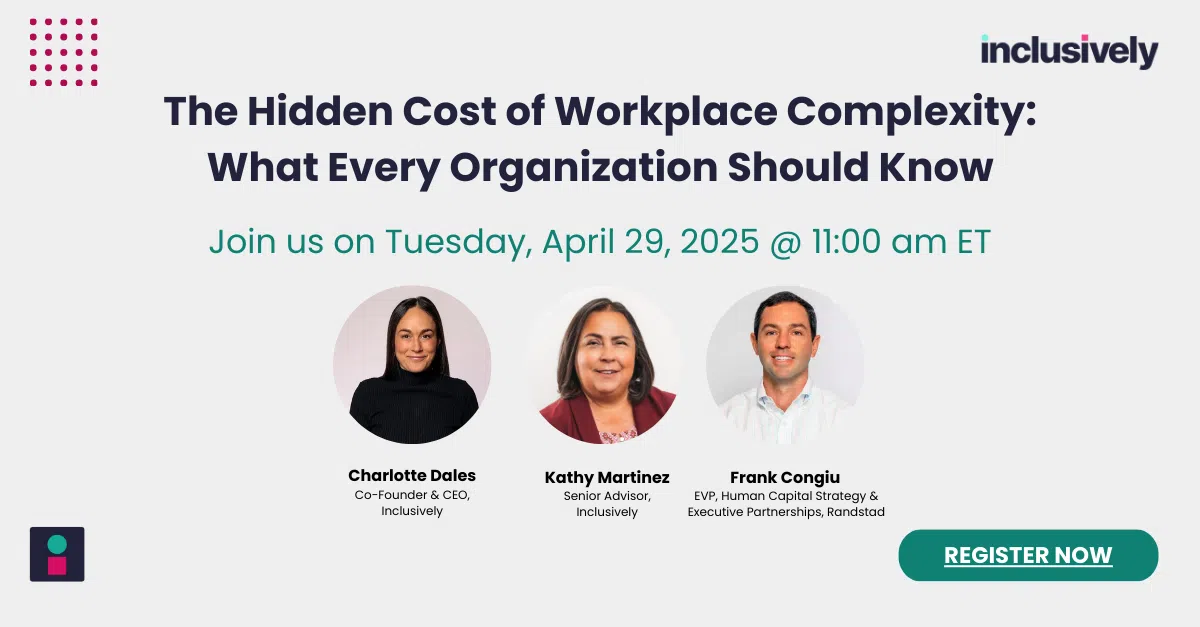While hiring has been a challenge across all sectors over the last year, customer care has been hit particularly hard. Sitting at the intersection of the great resignation and supply chain disruptions, some organizations are experiencing attrition as high as 80% versus already high 45% attrition averages pre-pandemic — at least twice the rate of other departments. And Gartner believes that turnover rates will continue to be about 20% above pre-pandemic levels for the foreseeable future.
Access to talent has always been a mission-critical challenge for customer service leaders: the high cost of hiring and training new employees and the negative impact of turnover to customer experience, net promoter scores and brand perception mean that labor is top of mind as organizations measure performance and costs. As competition for talent has tightened; as expectations of younger workers are shifting; and as more organizations offer flexible and remote work options, call center leaders are finding themselves tapping new talent pools. Some leaders in customer care are adopting a proactive approach to disability inclusion as a distinct, competitive advantage.
In the U.S., 61 million adults — more than one in four adults — are living with some type of disability. Only 19% of people with a disability were employed in 2021 — versus 63% for people without a disability. This means there are nearly 14 million Americans of working age who are ready to enter the labor force but sitting on the sidelines due to lack of access and disability inclusion. And the number one requested accommodation of people with disabilities is remote work. Whether due to a physical disability like paraplegia or multiple sclerosis; a neurodivergent disability like autism or ADHD; or a chronic illness such as lupus or diabetes; millions of people with disabilities are ready and able to work but either prefer or require to do so from home. In more than 50% of cases their requested accommodations cost nothing to their employers, and another 39% cost under $500 to implement.
The call center industry was ahead of the curve on adopting more flexible work-from-home policies as the cloud-based technologies they relied on advanced. Before the pandemic, about 80% of call centers let some employees work from home, but only 20-40% did so. Now, 76% of customer service and support organizations have between 80 and 100% of their staff working from home. And 89% of service leaders forecast 30% to 80% of their workforce will still be working from home two years from now. Amazon announced in September that it was closing all but one of its US customer care centers to save on real estate costs, moving nearly all US call center reps virtual.
So the industry is perfectly poised to attract and retain workers with disabilities — as long as their processes don’t exclude them. We know that companies with inclusive cultures have 22% lower turnover rates, 22% greater productivity, 27% higher profitability and 29% higher customer satisfaction. In addition, a number of studies indicate that people with disabilities have higher retention rates; one call center study found that employees with disabilities had a turnover rate of just 8% compared to the call center’s 45% overall turnover rate.
Self-disclosure of disabilities has been on the rise over the last number of years, especially as younger workers who received accommodations in school begin entering the workforce. This is great news, as employees who disclose their disabilities in the workplace are more than twice as likely to feel happy and content at work, which leads to stronger engagement and a stronger culture of inclusion.
It may be that the only thing standing in the way of attracting and retaining this currently untapped talent is in the way companies are identifying and recruiting talent today. To learn more about how to build accommodations into your hiring processes and attract top call center talent, check out a demo of Inclusively’s Employer Portal.
References:
1. Cresta, Reducing Ramp Time & Agent Attrition in Contact Centers, 2022.
2. Gartner, U.S. Total Annual Employee Turnover Will Likely Jump by Nearly 20% From the Prepandemic Annual Average, 2022.
3. CDC, Disability Impacts All of Us.
4. BLS, Labor Force Characteristics, 2021.
5. Center for American Progress, Removing Obstacles for Disabled Workers Would Strengthen the U.S. Labor Market, 2022.
6. Job Accommodation Network, Accommodation and Compliance: Low Cost, High Impact, 2020.
7. New York Times, Needing At-Home Workers, Call Centers Turn to People With Disabilities, 2020.
8. Gartner, Future of Work From Home for Service and Support Employees, 2021.
9. Bloomberg, Amazon Will Close All But One US Customer Call Center, 2022.
10. Deloitte, Inclusive Mobility: How Mobilizing a Diverse Workforce Can Drive Business Performance, 2018.
11. University of New Hampshire, People with disabilities: A new model of productive labor, 2012.
12. Harvard Business Review, Why People Hide Their Disabilities at Work, 2019.



